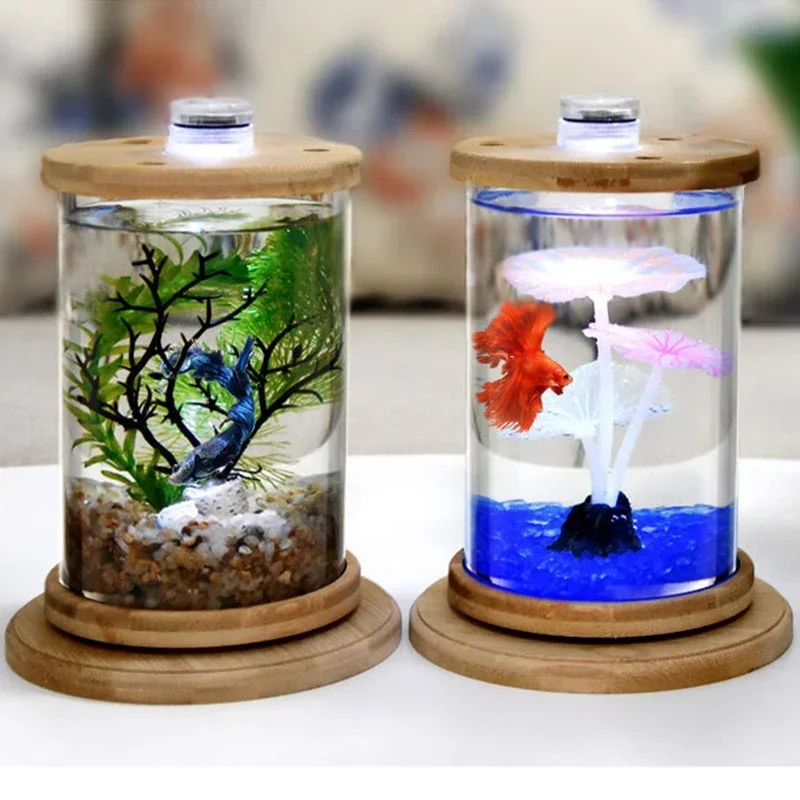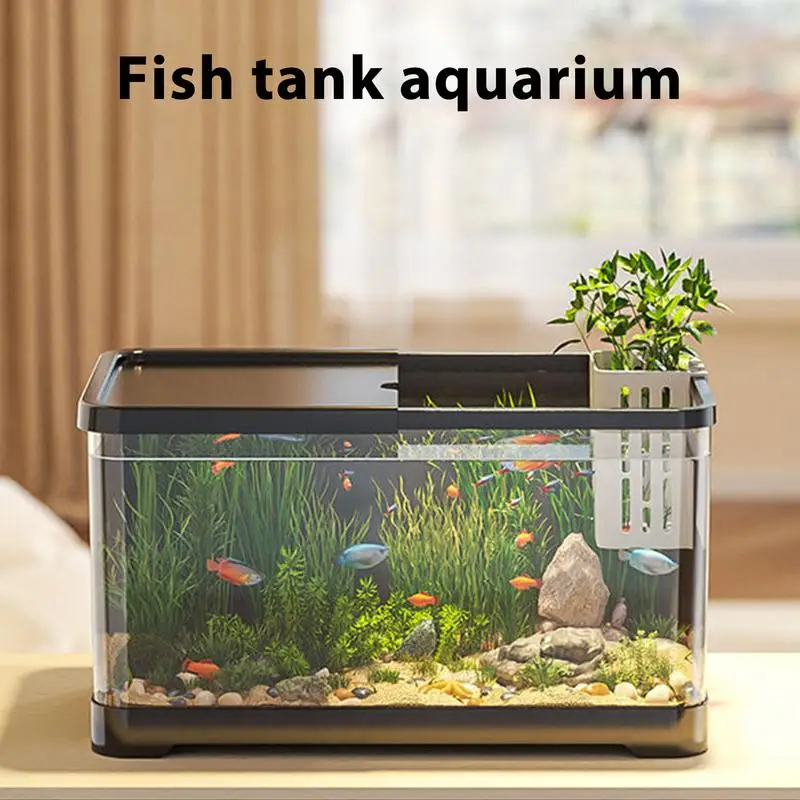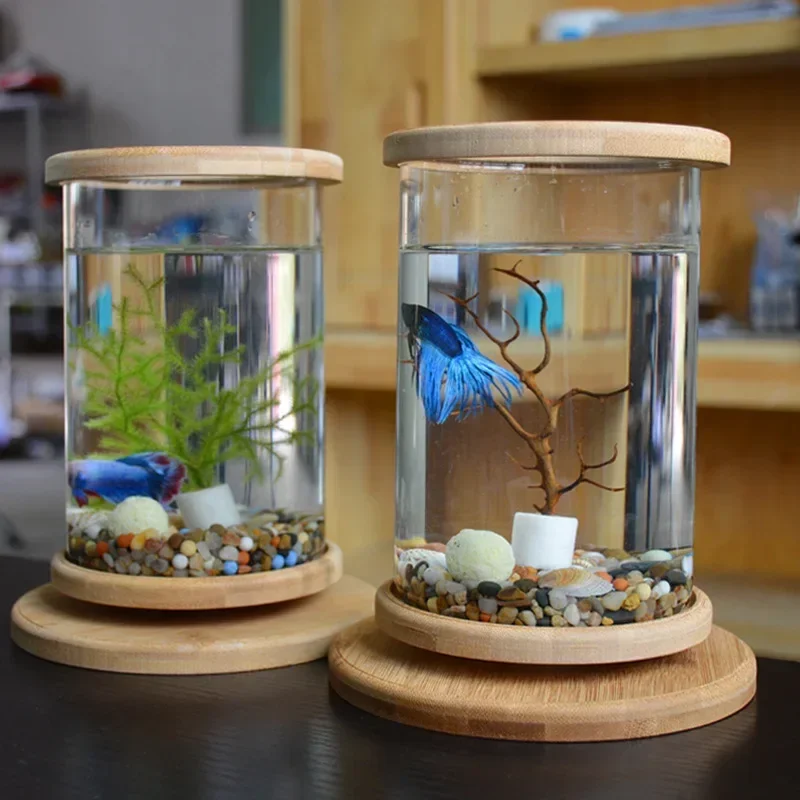Introduction
Gardening enthusiasts often explore unconventional methods to nourish their plants. One such method involves using fish tank water, a byproduct rich in nutrients due to fish waste and decomposed fish food. This article explores the potential benefits and considerations of using fish tank water for plants, alongside discussing the safety of drinking tap water directly from the sink.
Benefits of Fish Tank Water for Plants
Using fish tank water as a natural fertilizer can provide several advantages to your garden. The water is enriched with nitrogen, phosphorus, and potassium—essential nutrients that promote plant growth. These nutrients are derived from fish waste and decaying organic matter within the tank, creating a nutrient-rich solution ideal for plants. Additionally, fish tank water contains beneficial bacteria that can enhance soil health and protect plants from harmful pathogens.
Application Methods for Fish Tank Water
To effectively utilize fish tank water in gardening, consider various application methods. One approach is direct watering, where diluted fish tank water is applied to the soil around plants. This method ensures nutrients reach plant roots directly, promoting robust growth. Alternatively, fish tank water can be used in compost tea—a nutrient-dense liquid created by steeping compost in water. This tea can be applied as a foliar spray or soil drench, maximizing nutrient absorption by plants.

Considerations and Precautions
Despite its benefits, using fish tank water requires careful consideration of potential risks. High ammonia levels, if present in the water, can harm plants. To mitigate this risk, allow fish tank water to stand for at least 24 hours before using it on plants, allowing chlorine and ammonia to dissipate naturally. Additionally, ensure the water is free from medications or chemicals that could be harmful to plants. Regular monitoring of water quality in the fish tank is crucial to maintain a healthy balance for both fish and plants.
Compatibility with Different Plant Types
Certain plant species may benefit more from fish tank water than others. Leafy greens and herbs, for instance, thrive with the nutrient boost provided by fish waste. On the other hand, plants sensitive to high nutrient levels or those requiring specific pH conditions may not fare well with fish tank water. Understanding your plant’s requirements and observing their response to the fertilizer is essential for successful integration into your gardening routine.
Safety of Drinking Tap Water
Switching gears, the safety of drinking tap water directly from the sink is a concern for many individuals. In developed countries, tap water undergoes rigorous filtration and treatment processes to meet safety standards set by health authorities. These processes effectively remove contaminants such as bacteria, viruses, heavy metals, and other impurities, ensuring that tap water is safe for consumption for the majority of the population.
Factors Influencing Tap Water Quality
Tap water quality can vary based on geographical location and the infrastructure of the water supply system. Factors such as source water quality, treatment methods employed by water utilities, and the condition of distribution pipes can impact the final quality of tap water reaching consumers. Regular testing and monitoring by water authorities help maintain and improve water quality standards, ensuring safe drinking water for communities.
Common Contaminants in Tap Water
Despite treatment efforts, tap water may occasionally contain trace amounts of contaminants. Common contaminants include residual chlorine used for disinfection, fluoride added for dental health benefits, and occasionally, traces of pesticides, pharmaceuticals, or industrial pollutants. While these contaminants typically remain within safe limits regulated by health guidelines, individuals with specific health concerns may opt for additional filtration methods to further purify their drinking water.
Potential Environmental Impact
Using fish tank water as a fertilizer aligns with sustainable gardening practices by recycling nutrients that would otherwise be discarded. By incorporating fish waste into plant care routines, gardeners reduce reliance on synthetic fertilizers, which can contribute to water pollution and soil degradation. This eco-friendly approach supports biodiversity in aquatic ecosystems by minimizing nutrient runoff that can harm natural habitats. Additionally, cultivating plants with fish tank water promotes a closed-loop system where waste products from one source become valuable resources for another, fostering a more sustainable gardening ethos.

Practical Tips for Using Fish Tank Water
To optimize the benefits of fish tank water for plants, follow these practical tips:
- Monitor Water Quality Regularly: Conduct routine tests to assess nutrient levels and pH balance in fish tank water. Adjust nutrient concentrations as needed to meet specific plant requirements.
- Dilute Appropriately: Before applying fish tank water to plants, dilute it with fresh water to avoid nutrient overload, especially for sensitive plant varieties.
- Consider Seasonal Variations: Adjust application rates based on seasonal changes in plant growth and nutrient uptake, ensuring balanced nutrition throughout the year.
- Complement with Organic Practices: Combine fish tank water with organic mulches or compost to enhance soil structure and microbial activity, promoting long-term soil health.
Challenges and Considerations
Despite its benefits, using fish tank water for plants presents several challenges that gardeners must navigate. One significant consideration is the risk of introducing pathogens or harmful organisms into garden soil through fish tank water. Proper filtration and quarantine measures for fish can mitigate this risk, ensuring that the water used is free from contaminants that could harm plants or disrupt soil ecosystems. Additionally, fluctuations in water quality within the fish tank, such as pH levels or ammonia spikes, require vigilant monitoring to prevent adverse effects on plant health. Gardeners should also be mindful of the potential for fish tank water to contain traces of medications or chemicals used to treat fish diseases, which may not be suitable for plant growth.
Integration into Organic Gardening Practices
For gardeners committed to organic principles, integrating fish tank water poses both opportunities and challenges. While fish waste provides natural nutrients essential for plant growth, maintaining organic certification standards requires careful consideration of the origin and content of fertilizers used. Organic gardening practices prioritize soil health and biodiversity, emphasizing the use of natural fertilizers and avoiding synthetic chemicals. Gardeners using fish tank water should verify compliance with organic standards and seek alternative methods for supplementing soil fertility if necessary to maintain organic integrity.
Future Trends and Innovations
Looking ahead, advancements in aquaponic and hydroponic systems highlight the evolving relationship between fish tank water and plant cultivation. Aquaponics combines fish farming with hydroponics, utilizing fish waste as a nutrient source for hydroponically grown plants. This symbiotic relationship maximizes resource efficiency by minimizing water usage and nutrient loss, making it an increasingly popular choice among sustainable agriculture enthusiasts. Innovations in filtration technology and water management systems continue to improve the efficiency and sustainability of using fish tank water for gardening, paving the way for broader adoption in urban agriculture and small-scale food production initiatives.

Conclusion
Incorporating fish tank water into gardening practices offers a natural and nutrient-rich alternative to traditional fertilizers, benefiting both plants and the environment. By understanding its benefits, proper application techniques, and potential environmental impacts, gardeners can harness the potential of fish tank water to cultivate healthy and thriving gardens sustainably. Meanwhile, the safety and reliability of tap water ensure that households can access clean and drinkable water, supporting overall well-being and environmental stewardship. Balancing these considerations allows individuals to make informed choices that promote plant health, conserve resources, and contribute positively to their communities.










